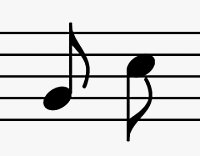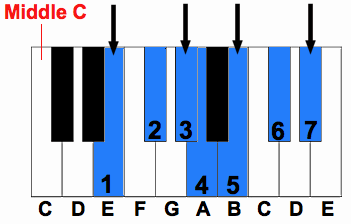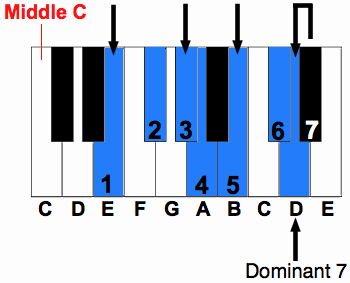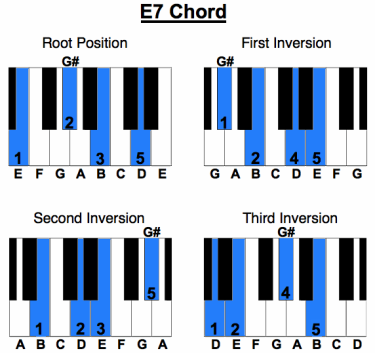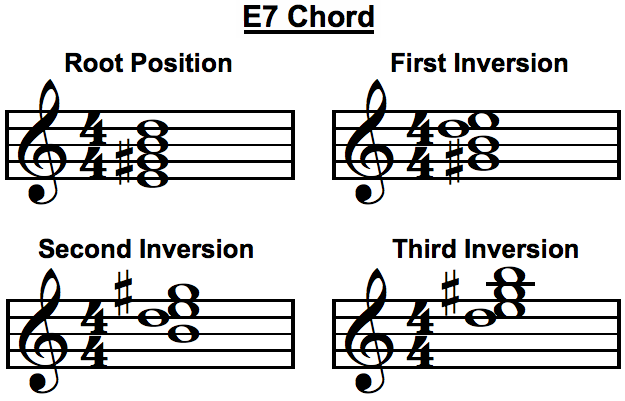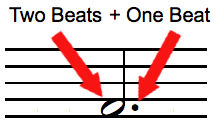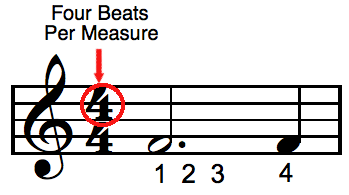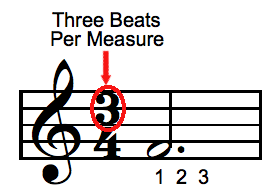The F Major Scale is one of the easier scales to play. It is super easy! It has all white notes except for one.
There is one sharp # on this scale making it easy to remember. It is almost identical to the C major scale except it has a B flat in it. The C major scale has all white notes in it, and this scale has all white notes but one.
Notes In the Scale
The notes in the Scale are F, G, A, Bb, C, D, E, F.
It is made up of all white keys and with one black key being the Bb.
Start on the root, which is F, and then go up the Whole Steps and Half Steps for a major scale. W, W, H, W, W, W, H.
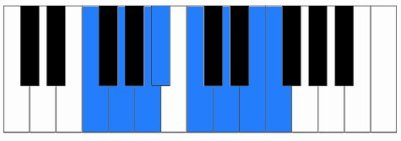
Fingering
The fingering for the F Major scale is a little bit different then most other scales have you tuck your thumb under your middle finger as you ascend and cross your middle finger over your thumb when descending.
Right Hand
Right-Hand fingering starts with the thumb on F, the second finger on G, and the third finger on A. Instead of crossing under at this point you are going to use your fourth finger, ring finger, on the Bb. Now you will cross under with your thumb on the C, second on D, third on E, and end with the ring finger on F Going back down the scale start with the fourth finger on F, third on E, second on D, and fist on C. Then you crossover with your ring finger to the Bb and play the rest of the scale with the remaining fingers.
Ascending: 12341234
Descending: 43214321
Left Hand
Start with the fifth finger on F. Walk up the scale until you get to your thumb on C. Then crossover your middle finger over your thumb to land on the D. Then walk up the scale with the remaining fingers.
The F Major Scale starts with the first finger on F. Walk down until you get to the middle finger on D. Then fold under your middle finger with your thumb to land on C. With your thumb on C you can walk down the rest of the scale with the remaining fingers
Ascending: 54321321
Descending: 12312345
This scale is different from other scales in the fingering used to play it. It takes time to learn the switch with the right hand. Take time to practice both hands and to learn the notes on the scale. Being that there is only one sharp here makes it easy to remember what notes you can play.
Go From F Major Scale Back to How To Play Scales
Back to Home Page


